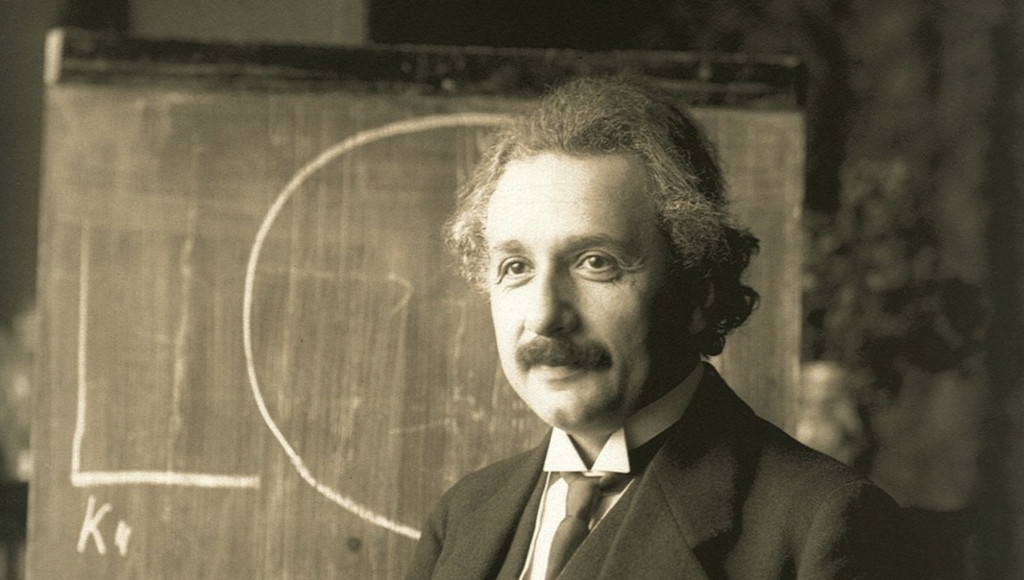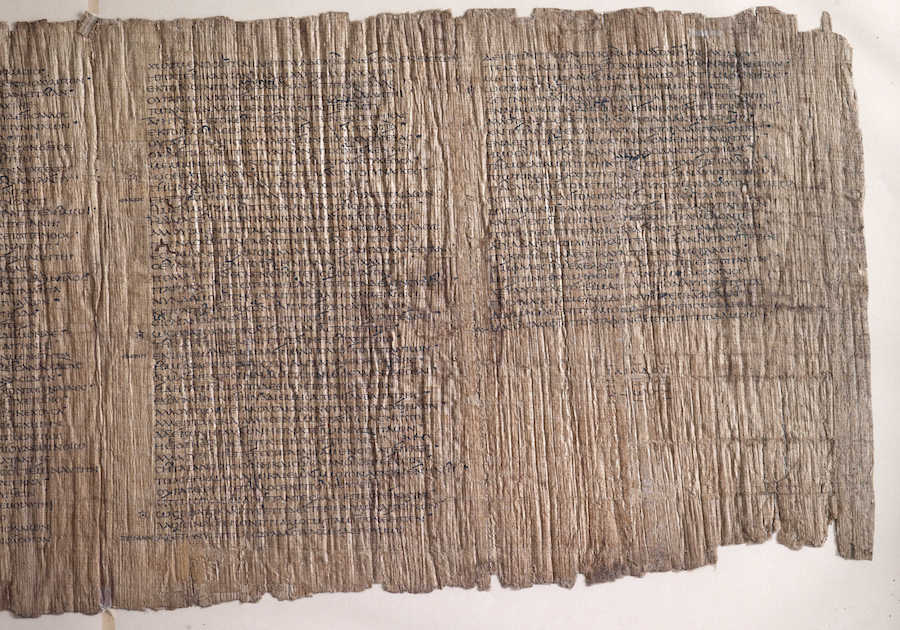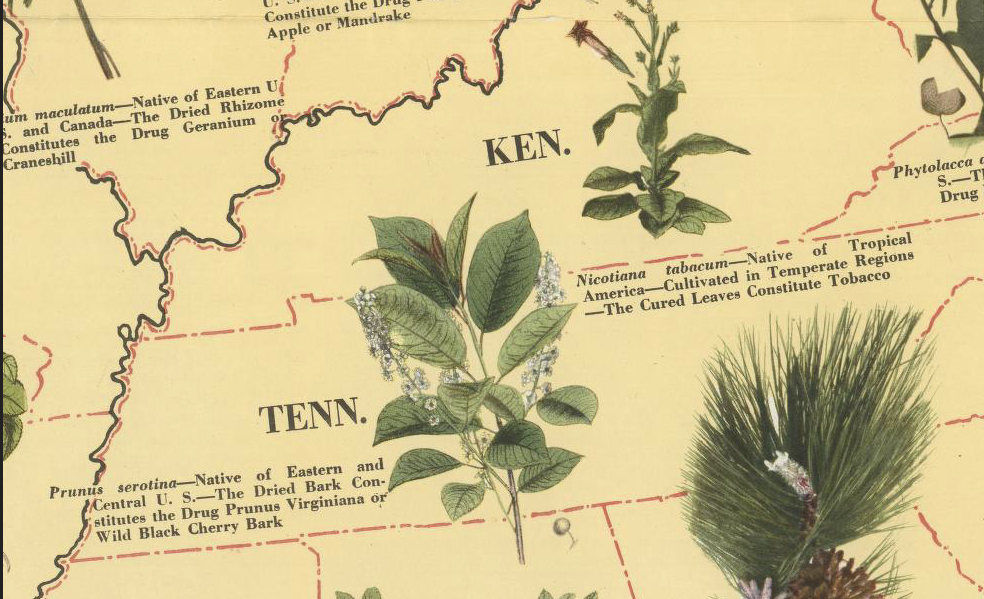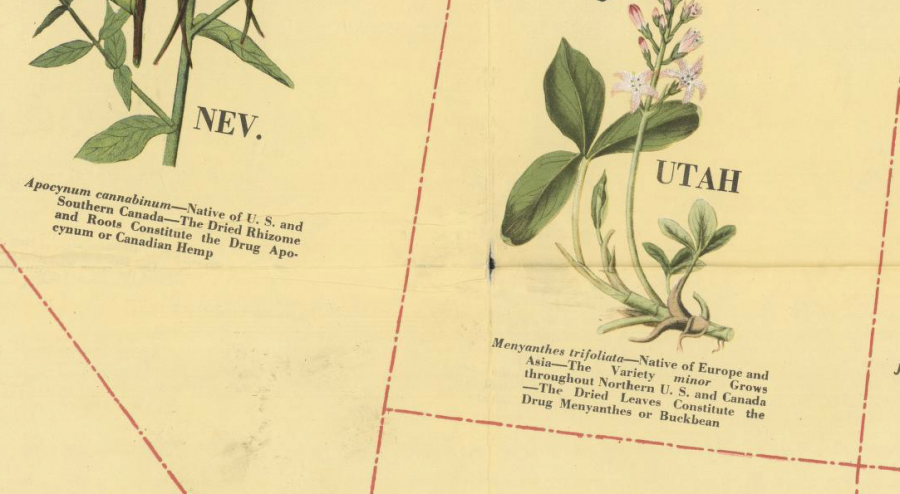One thing they don’t teach you in parenting school is how to guide a young child into making fewer mistakes in her homework, while also communicating to her that mistakes are not “bad” but often “good” in that they can be conduits for creative thinking and intuitive pathways to progress. This lesson presents even more problems if your child has perfectionist tendencies. (If you have sound pedagogical methods, I’m all ears.)
The problem isn’t just that adults constantly telegraph binary “yes/no,” “good/bad” messages to everyone and everything around them, but that most adults are deeply uncomfortable with ambiguity, and thus deeply afraid of mistakes, as a result of imbibing so many binary messages themselves. Improvisation frightens trained and untrained musicians alike, for example, for this very reason. Who wants to screw up publicly and look like… well, a screw up?
We think that doing something well, and even “perfectly,” will win us the pat on the head/gold star/good report card we have been taught to crave all our lives. Surely there are excellent reasons to strive for excellence. But according to one who should know—the most excellent Miles Davis—excellence by nature obviates the idea of mistakes. How’s that, you ask? Let us attend to one of Davis’ former sidemen, Herbie Hancock, who tells one of his favorite stories about the man above.
Loose improvisation is integral to jazz, but we all know Miles Davis as a very exacting character. He could be mean, demanding, abrasive, cranky, hypercritical, and we might conclude, given these personal qualities, and the consistent excellence of his playing, that he was a perfectionist who couldn’t tolerate screw ups. Hancock gives us a very different impression, telling the tale of a “hot night” in Stuttgart, when the music was “tight, it was powerful, it was innovative, and fun.”
Making what anyone would reasonably call a mistake in the middle of one of Davis’ solos—hitting a noticeably wrong chord—Hancock reacted as most of us would, with dismay. “Miles paused for a second,” he says, “and then he played some notes that made my chord right… Miles was able to turn something that was wrong into something that was right.” Still, Hancock was so upset, he couldn’t play for about a minute, paralyzed by his own ideas about “right” and “wrong” notes.
What I realize now is that Miles didn’t hear it as a mistake. He heard it as something that happened. As an event. And so that was part of the reality of what was happening at that moment. And he dealt with it…. Since he didn’t hear it as a mistake, he thought it was his responsibility to find something that fit.
Hancock drew a musical lesson from the moment, yes, and he also drew a larger life lesson about growth, which requires, he says, “a mind that’s open enough… to be able to experience situations as they are and turn them into medicine… take whatever situation you have and make something constructive happen with it.”
This bit of wisdom reminds me not only of my favorite Radiohead lyric (“Be constructive with your blues”), but also of a story about a Japanese monk who visited a monastery in the U.S. and promised to give a demonstration in the fine art of Zen archery. After much solemn preparation and breathless anticipation, the monk led his hosts on a hike up the mountain, where he then blindly fired an arrow off a cliff and walked away, leaving the stunned spectators to conclude the target must be wherever the arrow happened to land.
What matters, Davis is quoted as saying, is how we respond to what’s happening around us: “When you hit a wrong note, it’s the next note that you play that determines if it’s good or bad.” Or, as he put it more simply and non-dualistically, “Do not fear mistakes. There are none.”
Related Content:
Hear a 65-Hour, Chronological Playlist of Miles Davis’ Revolutionary Jazz Albums
Josh Jones is a writer and musician based in Durham, NC. Follow him at @jdmagness








